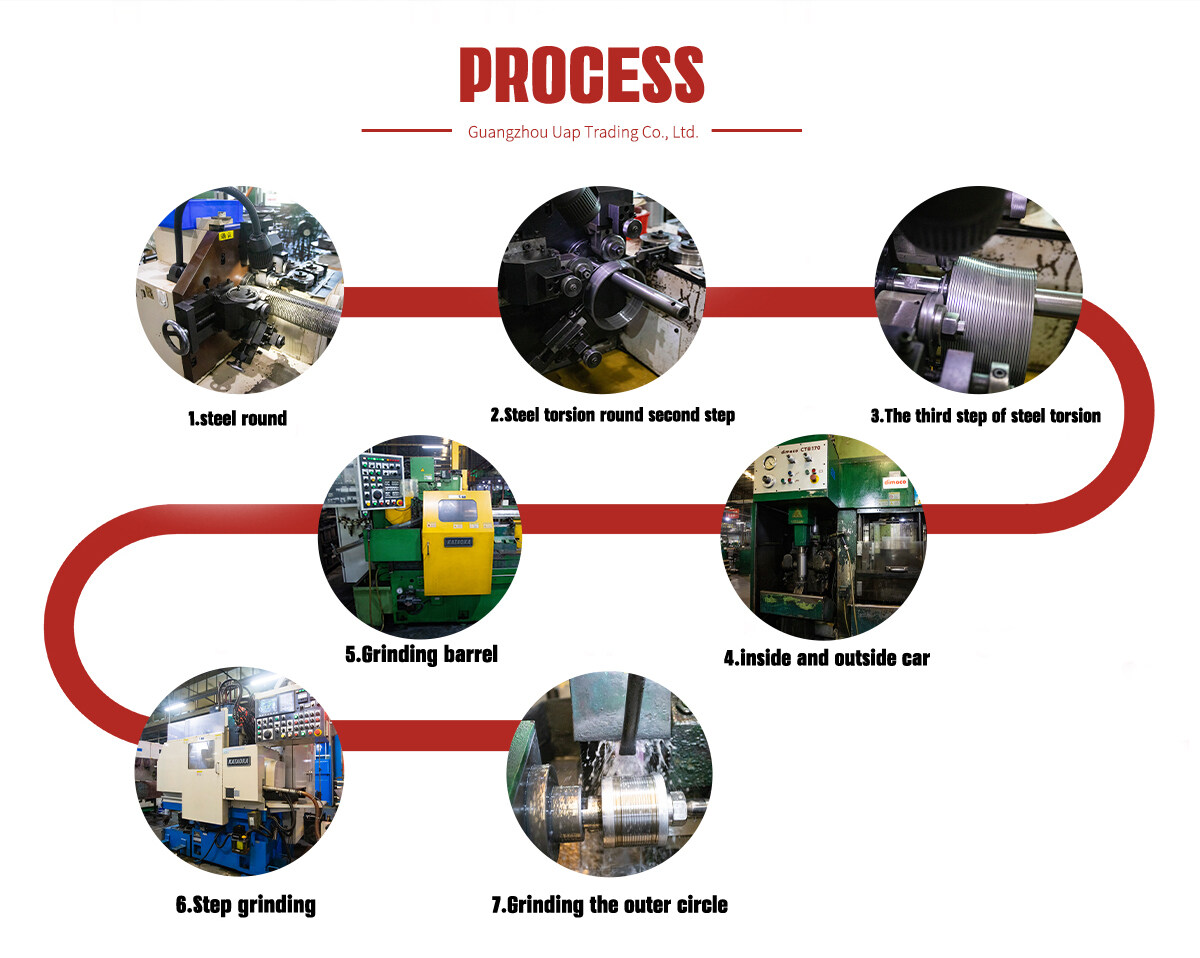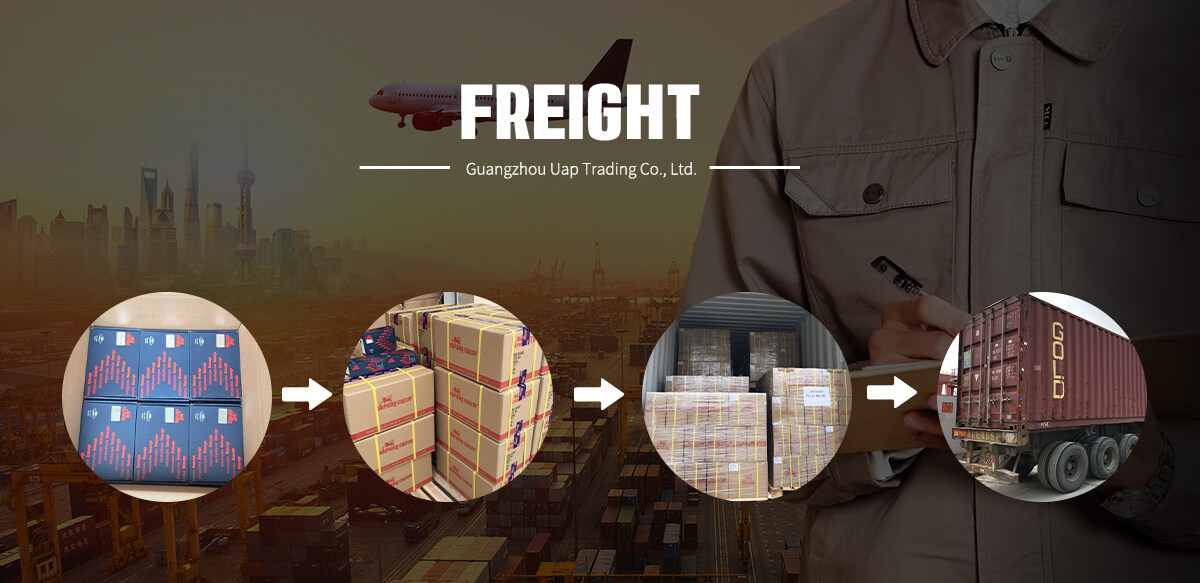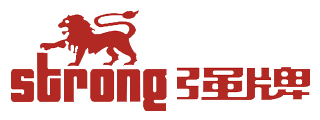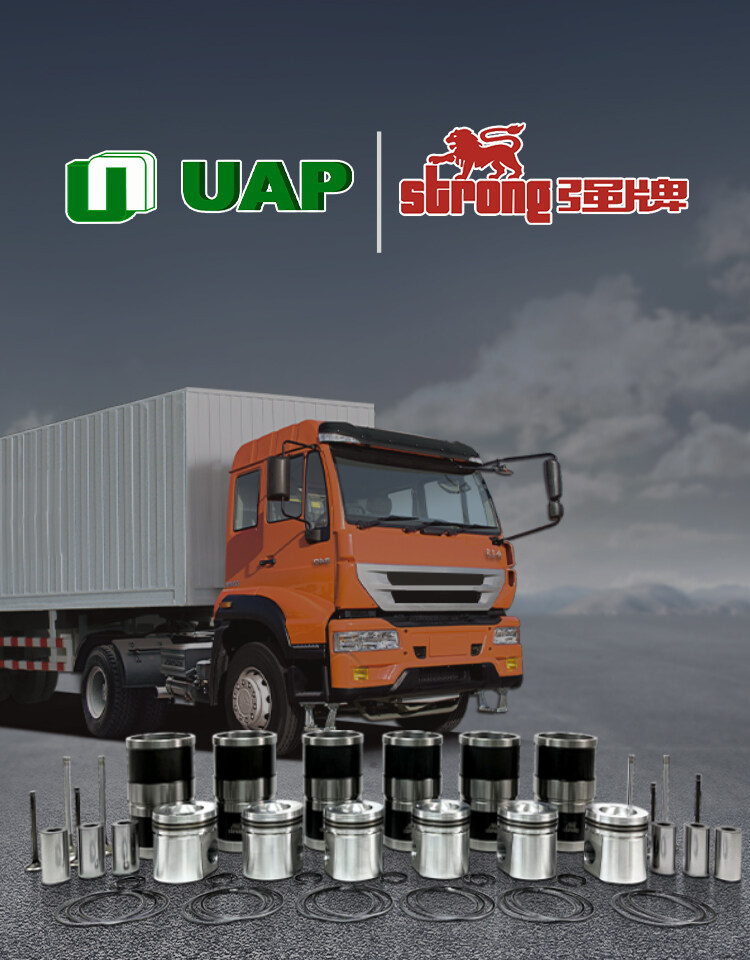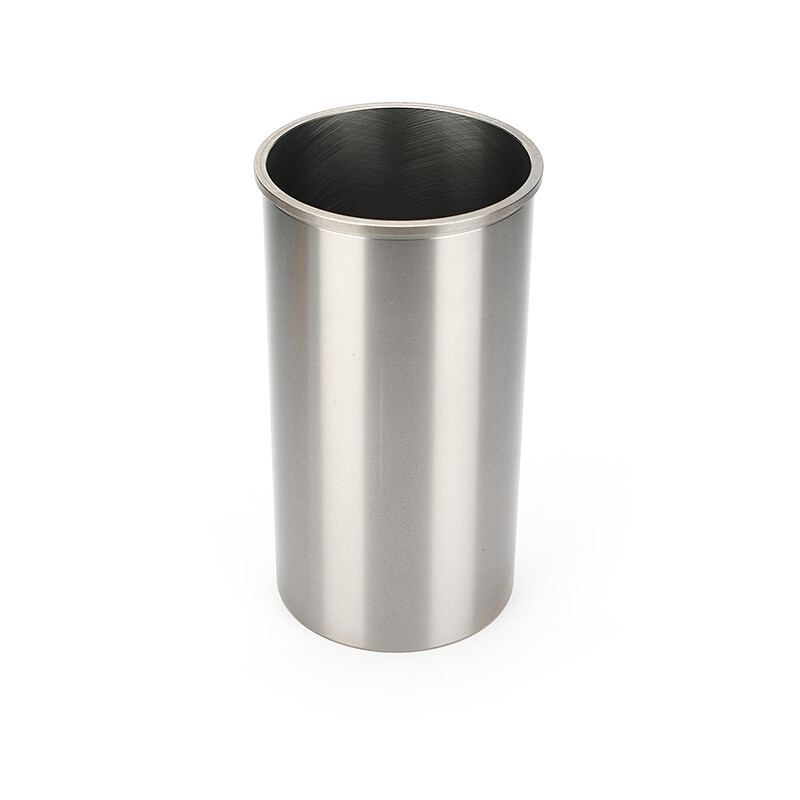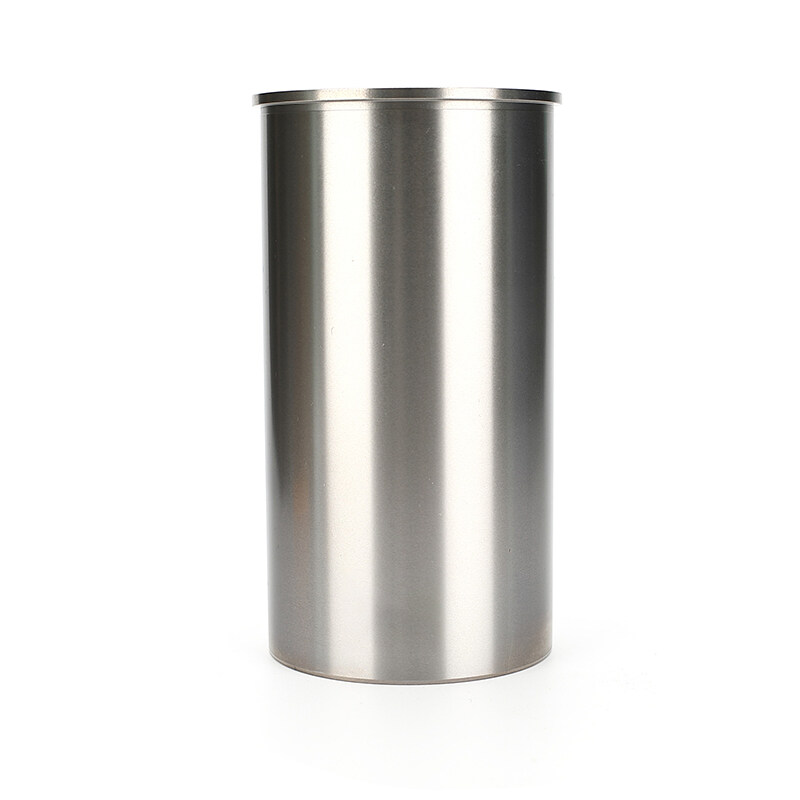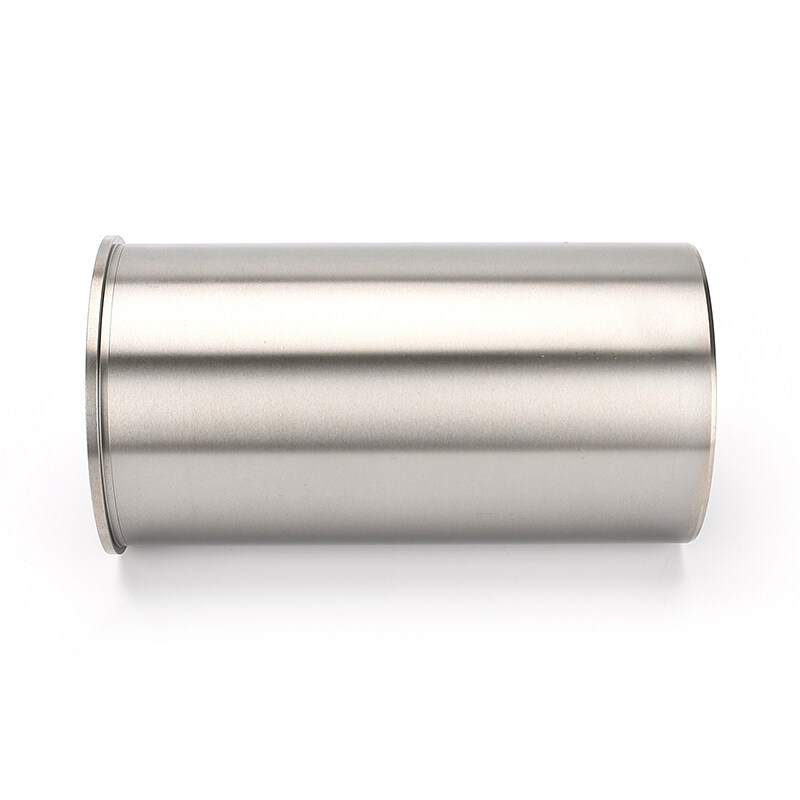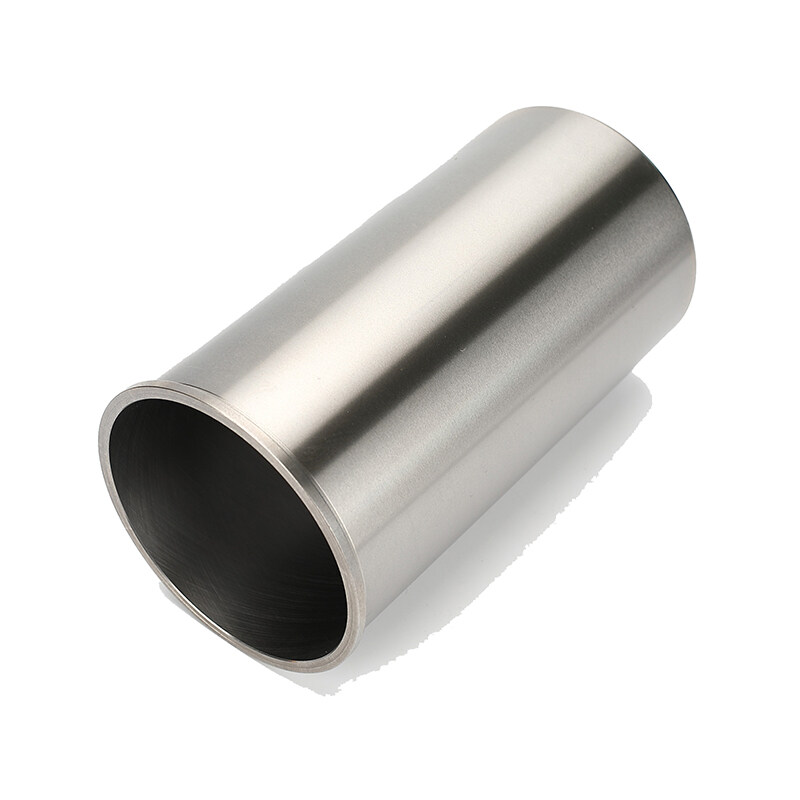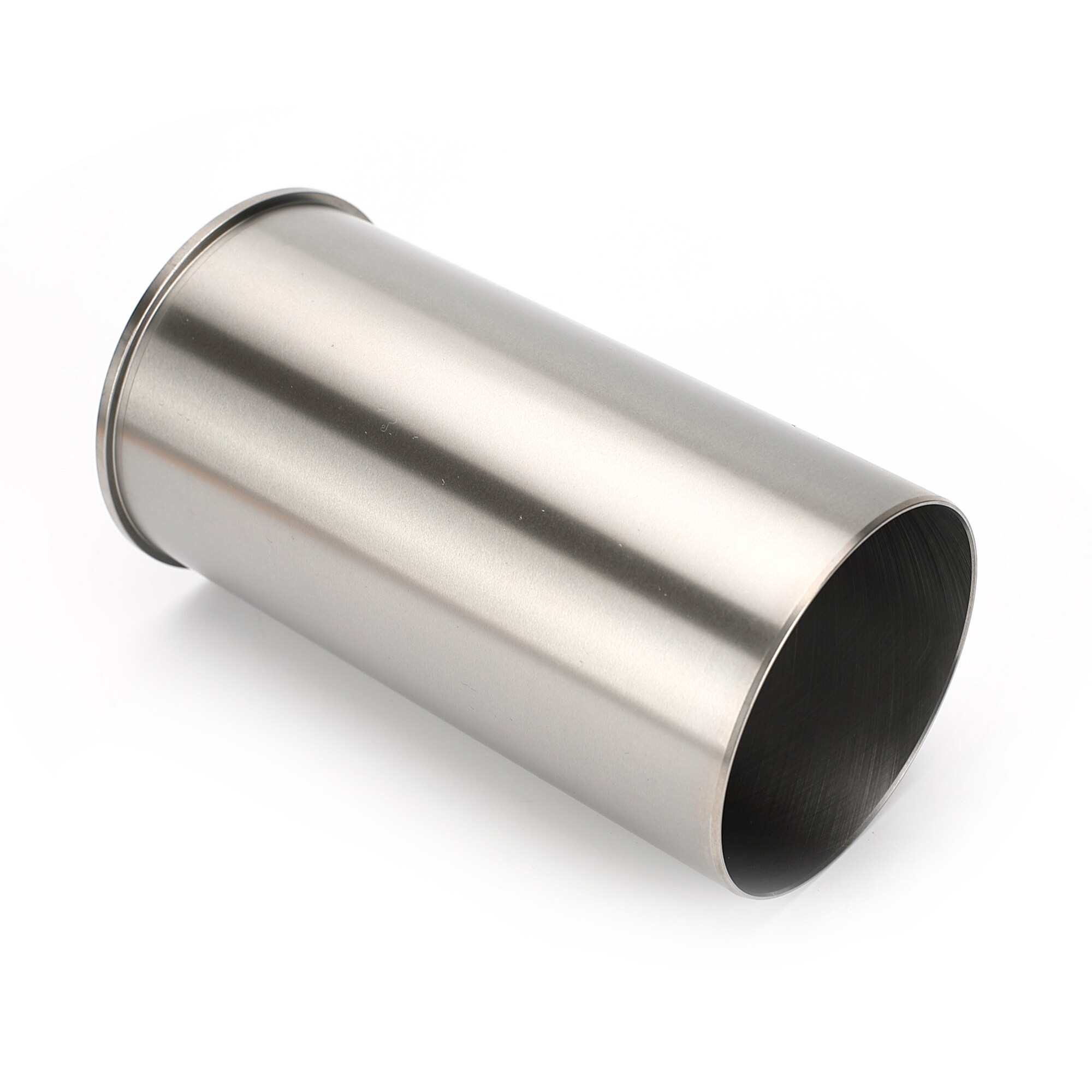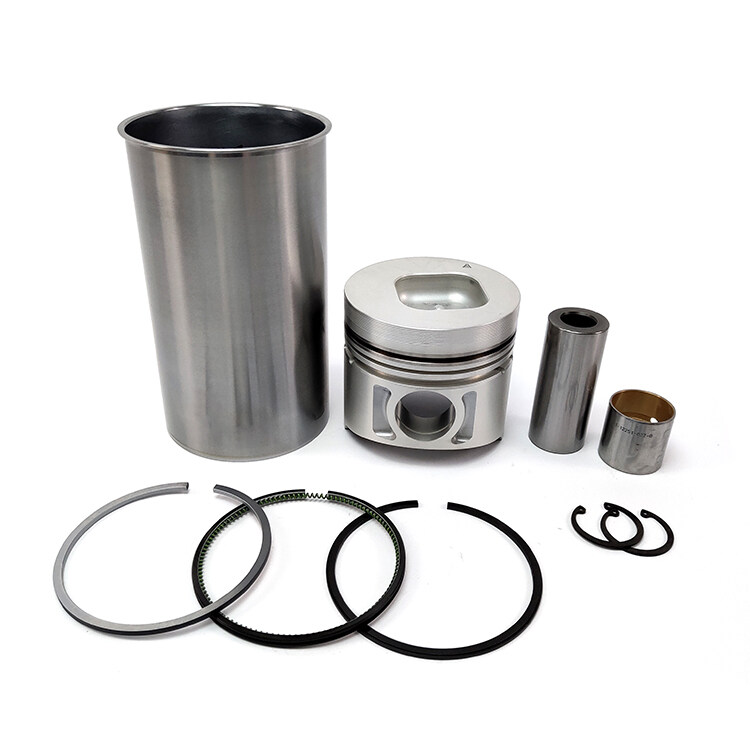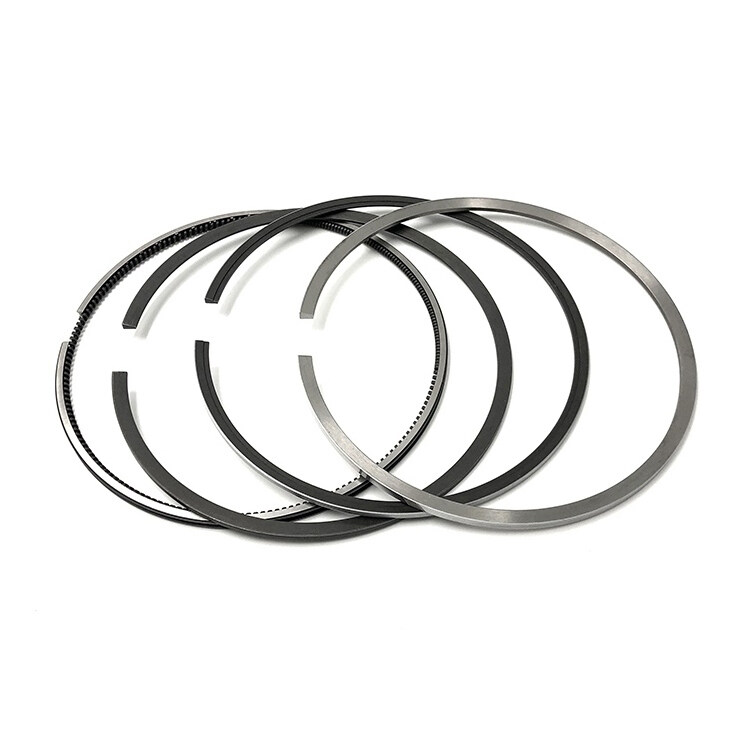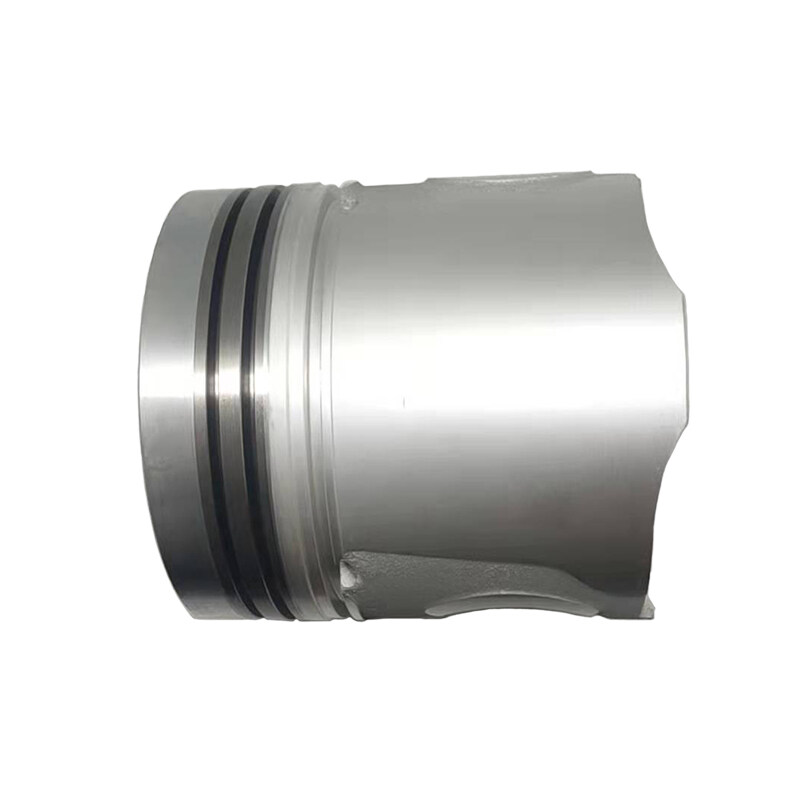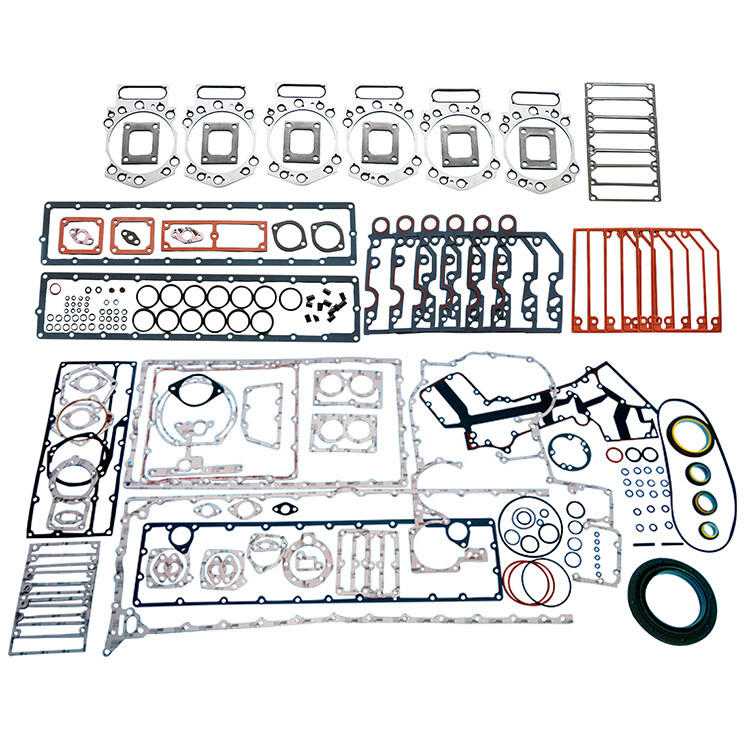Email format error
Email cannot be empty
Email already exists
6-20 characters(letters plus numbers only)
The password is inconsistent
Email format error
Email cannot be empty
Email does not exist
6-20 characters(letters plus numbers only)
The password is inconsistent

Engine Cylinder Liner 65.01201-0068 65.012010068 6501201-0068 65012010068 102mm For DB58 Engine
The cylinder liner of the barrel piston diesel engine bears the thrust of the piston side, which becomes the leader of the reciprocating motion of the piston. Due to its excellent performance and long life, it is widely used in large industrial engines such as oil drilling rigs, mining hoists and cranes.
The DB58 Engine Cylinder Liner is a critical component used in the Doosan DB58 engine. The cylinder liner, also known as a cylinder sleeve, is installed inside the engine's cylinder bore and serves several important functions:
-
Cylinder Bore Surface: The cylinder liner provides a smooth and durable inner surface for the cylinder bore. This surface allows the engine's piston to move up and down within the cylinder while maintaining a proper seal. The liner's surface must be resistant to wear, corrosion, and heat.
-
Piston and Piston Rings: The cylinder liner accommodates the engine's piston and piston rings. The piston rings create a seal between the piston and the liner, preventing the escape of combustion gases and maintaining compression in the cylinder.
-
Heat Dissipation: The cylinder liner helps regulate and dissipate heat generated during combustion, preventing overheating of the engine block and maintaining the appropriate temperature within the cylinder.
-
Wear Resistance: Liners are typically made from materials that are highly wear-resistant and heat-resistant, such as cast iron or alloyed cast iron. This choice of material ensures that the liner can withstand the mechanical stresses and heat generated during engine operation.
-
Coolant Sealing: The cylinder liner properly seals off the coolant passages, preventing coolant from entering the combustion chamber.
The cylinder liner undergoes a special treatment that enhances its resistance to corrosion, while maintaining its smoothness and brightness. The exquisite manufacturing craftsmanship also makes it easy and convenient to check and change, significantly reducing repair time and costs. Additionally, regular checks and maintenance are simple and inexpensive, ensuring that the cylinder liner remains in optimal condition.
Good Heat Resistance:
The cylinder liner is designed to withstand high-temperature environments and has excellent heat resistance properties. It is not easily deformed or melted, ensuring the normal operation of the engine. The cylinder liner is made of high-strength cast iron material and undergoes a special treatment to enhance its heat resistance. This treatment ensures that the cylinder liner can withstand high temperatures without deforming or melting, which is critical for the engine’s performance and longevity. The cylinder liner’s ability to maintain its shape and withstand high temperatures ensures that the engine can operate at optimal levels without any issues. Additionally, the cylinder liner’s heat resistance properties ensure that it can withstand the high temperatures generated by the engine without any damage, ensuring that the engine can operate safely and reliably.
High-strength Steel Can Tolerate in Harsh Environment with Long Service Life:
The cylinder liner is manufactured using high-strength steel material and undergoes a special surface treatment to enhance its wear resistance and corrosion resistance properties. This treatment ensures that the cylinder liner can withstand the wear and tear of the engine’s operation without any damage, which is critical for the engine’s longevity. The high-strength steel material used in the cylinder liner’s construction ensures that it can withstand the high pressures and temperatures generated by the engine without any deformation or damage. Additionally, the special surface treatment enhances the cylinder liner’s corrosion resistance properties, ensuring that it can withstand the corrosive effects of the engine’s operation without any damage. The combination of high-strength steel material and special surface treatment ensures that the cylinder liner can withstand the harsh operating conditions of the engine and extend its service life.
Product Parameter:
|
Product Name |
Cylinder Liner |
|
Application |
Engineering Machinery Engine |
|
Bore Diameter |
102.0mm |
|
Material |
Customized |
|
Engine Number |
DB58 |
|
OEM Number |
65012010068 |
|
Car Model |
Doosan Daewoo |
|
Condition |
100% Brand-new |
|
Warranty |
6 Months |
|
Packing |
Neutral / OEM |
|
Application Industries |
Hotels, Garment Shops, Building Material Shops, Manufacturing Plant, Machinery Repair Shops, Food & Beverage Factory |
The function of cylinder liner
1. It forms the working space of the cylinder together with the cylinder head and the piston.
2. The cylinder liner of the barrel piston diesel engine bears the thrust of the piston side, which becomes the leader of the reciprocating motion of the piston.
3. Transfer the heat of the piston assembly and itself to the cooling water to make the working temperature appropriate.
4. The cylinder liner of the two-stroke diesel engine is equipped with airports, which are opened and closed by the piston to realize air distribution.
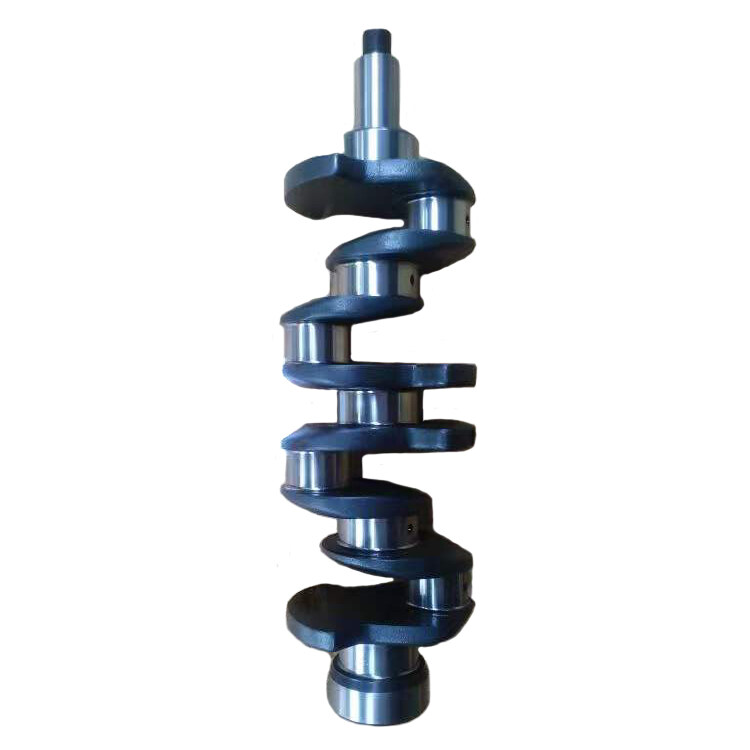
Classification of cylinder liners
According to whether it is in direct contact with the coolant, it can be divided into two types: dry cylinder liner and wet cylinder liner.
1. Dry cylinder liner
The outer surface of the dry cylinder liner is not in direct contact with the coolant, and its wall thickness is 1~3mm, to ensure the heat dissipation effect and the positioning of the cylinder liner. The outer surface of the cylinder liner and the inner surface of the cylinder liner hole of the cylinder block has high machining accuracy, and a certain amount of interference is used to fit the cylinder into the cylinder liner hole.
Features: It is not easy to leak water, the leaking cylinder center distance is small, the structure is compact, the rigidity of the cylinder body structure is good, the service life is long, and it does not contact the coolant.
Disadvantages: poor heat dissipation, inconvenient maintenance, and replacement. Mostly used for small engines.
2. Wet cylinder liner
The wall thickness of the outer surface in direct contact with the cooling water is generally 5~9mm.
Features: There is no closed water jacket on the cylinder block, which is easy to cast, easy to repair and replace, and has a good heat dissipation effect.
Disadvantages: The rigidity of the cylinder block is poor, which is prone to cavitation, air leakage, water leakage, poor life, and poor sealing.
It is mostly used on large and aluminum alloy cylinder blocks.
Installation steps of cylinder liner
1. Preliminary inspection of the engine block
Optical inspection of engine block: If damaged or corroded, rework may be required. You must also check the engine block for warpage and check that the liner flange seat surface is clean and level. Another very important check: Check the O-ring grooves in the engine block.
2. Check cylinder liner
Cylinder liners are pressed into the engine block with screws and sleeves. The liner protrusion is then measured at four points (every 90 degrees) using a dial gauge and compared to the manufacturer's specifications.
NOTE: Multiple tombak rings or washers must not be used to compensate for insufficient protrusion. In this case, you should use an oversized liner with a taller liner flange. Before removing the liner, mark its exact location in the engine block with a pen.
3. Insert O-ring
NOTE: Do not use liquid sealants under any circumstances. Now apply the mounting paste to the O-ring. Apply the rest evenly to the contact area of the cylinder liner.
4. Insert cylinder liner
Insert the cylinder liner into the engine block smoothly. Make sure the marks on the engine block and cylinder liner are aligned. As a final check, use the hole gauge in the o-ring area to check the inside diameter.
